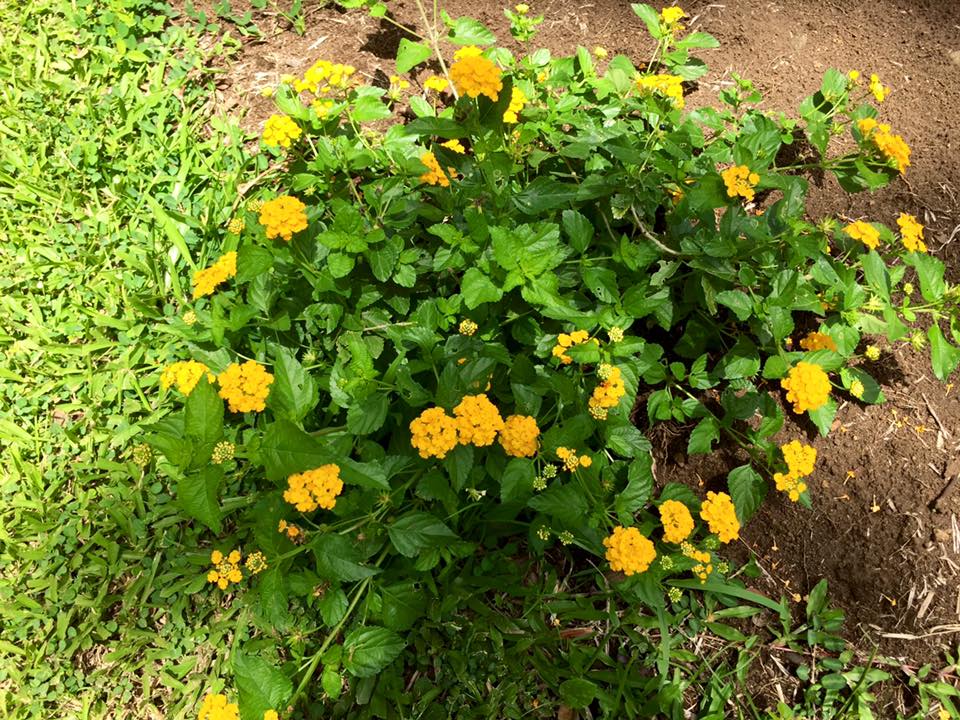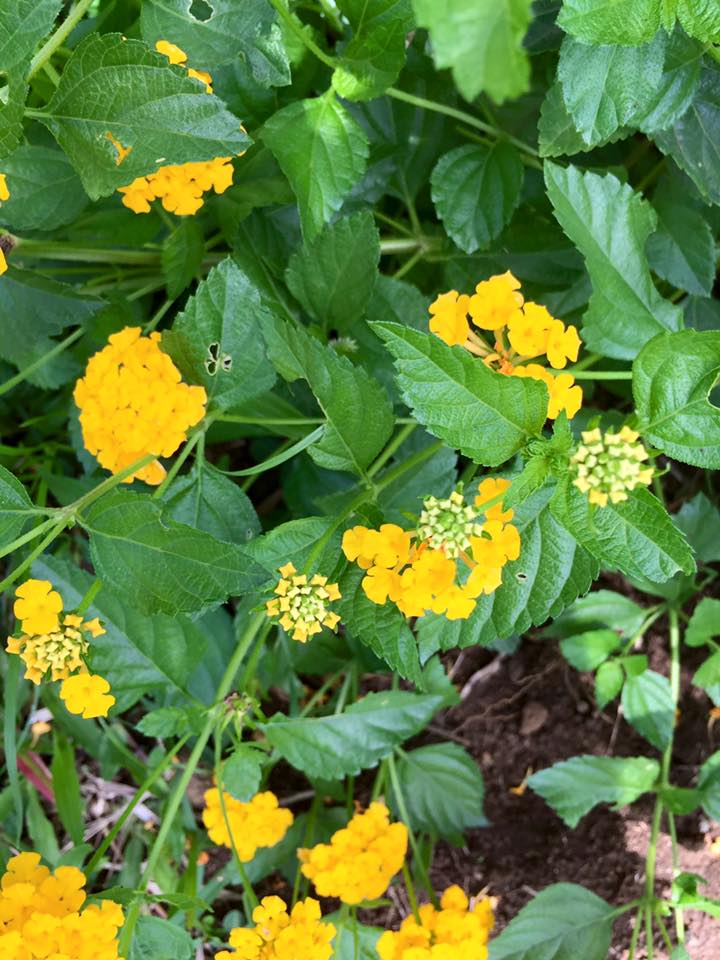Lantana camara


Plant Family: Verbenaceae
Description: Lantana camara is a small perennial shrub which can grow to around 2m in height. L. camara has small tubular shaped flowers which each have four petals and are arranged in clusters at the end of stems. Flowers come in many different colours including red, yellow, white, pink and orange which differ depending on location, age and maturity. After pollination occurs the colour of the flowers change (typically from yellow to red/pink/orange), this is believed to be a signal to pollinators that the pre-change colour contains a reward as well as being sexually viable, thus increasing pollination efficiency. The leaves are egg-shaped, simple, arranged oppositely on the stem and have a strong odour when crushed. The fruit of L. camara is berry-like and turns a deep purple colour when mature. Both vegetative (asexual) and seed reproduction occur. Up to 12,000 fruits can be produced by each plant which are then eaten by birds and other animals which can spread the seeds over large distances, facilitating the spread of L. camara.
Natural Habitat: L. camara can survive in a wide range of climatic conditions, including drought, different soil types, heat, humidity and salt. It is also relatively fire tolerant and can quickly establish itself in recently burnt areas of forest.
Origin and Distribution: The native range of L. camara is Central and South America, however it has become naturalised in around 60 tropical and sub-tropical countries worldwide.
Cultural uses: Traditionally the leaves are boiled or steamed in a cup of hot water and used as a drink to help cure coughs and colds. The brew also makes a smoothing cup of tea. Modern practitioners say that the herb is useful for stomach and colon cancer. The plan is found island wide in gardens and backyards. It produces an aromatic scent and attracts butterflies.



